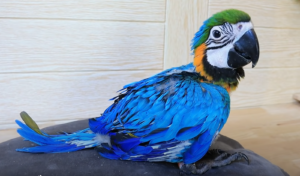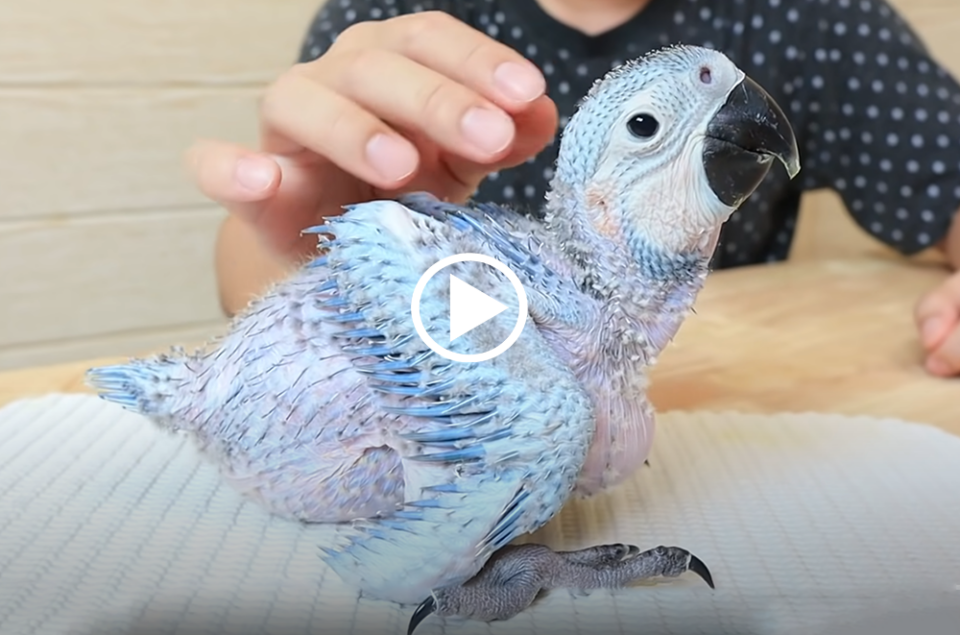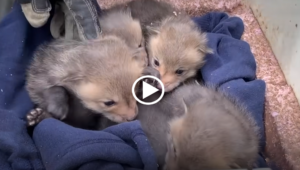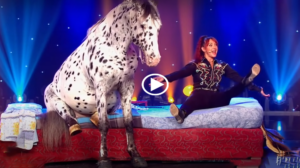What makes a macaw? Macaws are large members of the parrot family and have characteristics typical of parrots. Their large, strong, curved beaks are designed to crush nuts and seeds. Their strong, nimble toes are used like hands to grab things. Loud, shrill and shrill voices help make their presence known in the dense rainforests. They are also famous for their bright colors, which strike us as bold and remarkable, but pair well with the green leaves, red and yellow berries, and bluish shadows of forest houses.

Macaws are designed to fly through forest trees, with a streamlined body and tail, and wings that do not flap deeply. When they arrive for a landing, they drop their tails and feet down and use their wings as brakes to slow down before grabbing a perch with their feet. Most macaws nest in tree holes or on dirt banks and on cliff sides.
Macaws are intelligent and curious birds who love to explore and keep busy. They are very aware of their surroundings, which is necessary to watch out for predators. As social birds, they spend a lot of time interacting with their companions and family groups. Macaws are known to use items as tools and they like to play with any interesting items they find. They examine objects from different angles, move them with their feet, test them with their tongues and throw them. Macaws are also big chewers, something they must do to keep their beaks in good shape. They can do impressive damage even to very hard wood with their beaks. Most macaws like to take baths and play in the water while wading.

Screaming is a natural call for macaws. They do this to get in touch with each other, to define territory, and even as part of their game. Their calls can be quite deafening to humans! Macaws can mimic sounds as well, and macaws that live with or near humans often repeat words they hear, practicing until they get it right.






